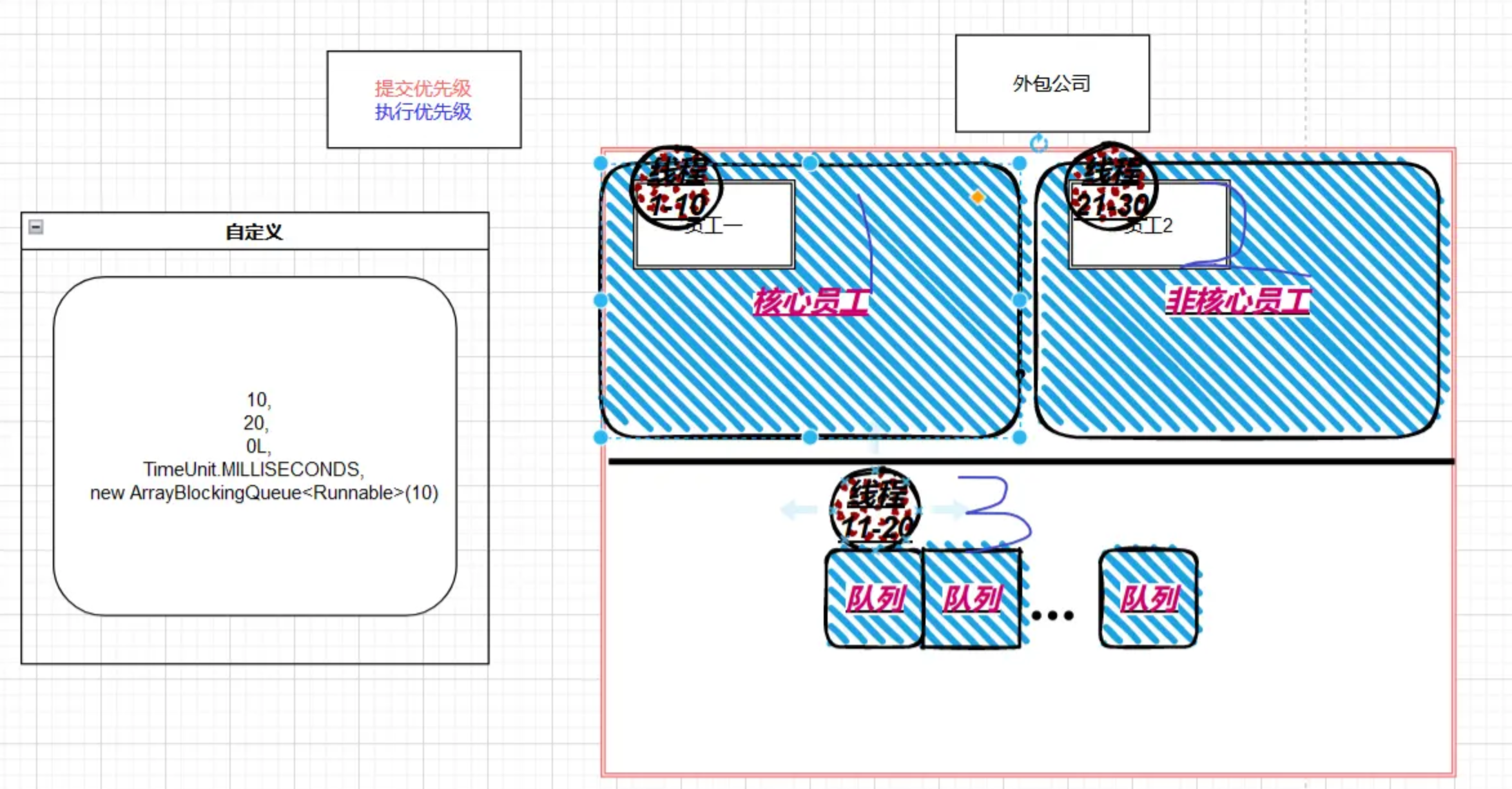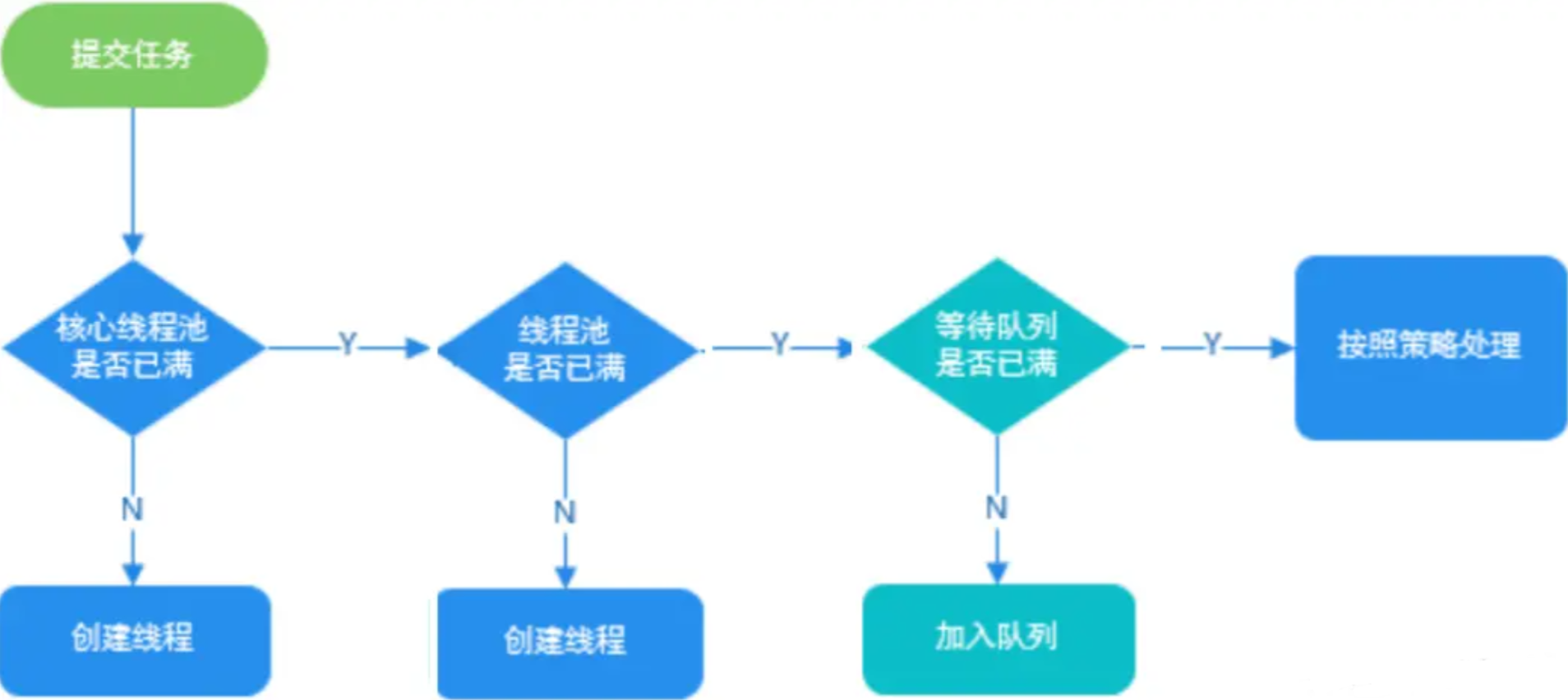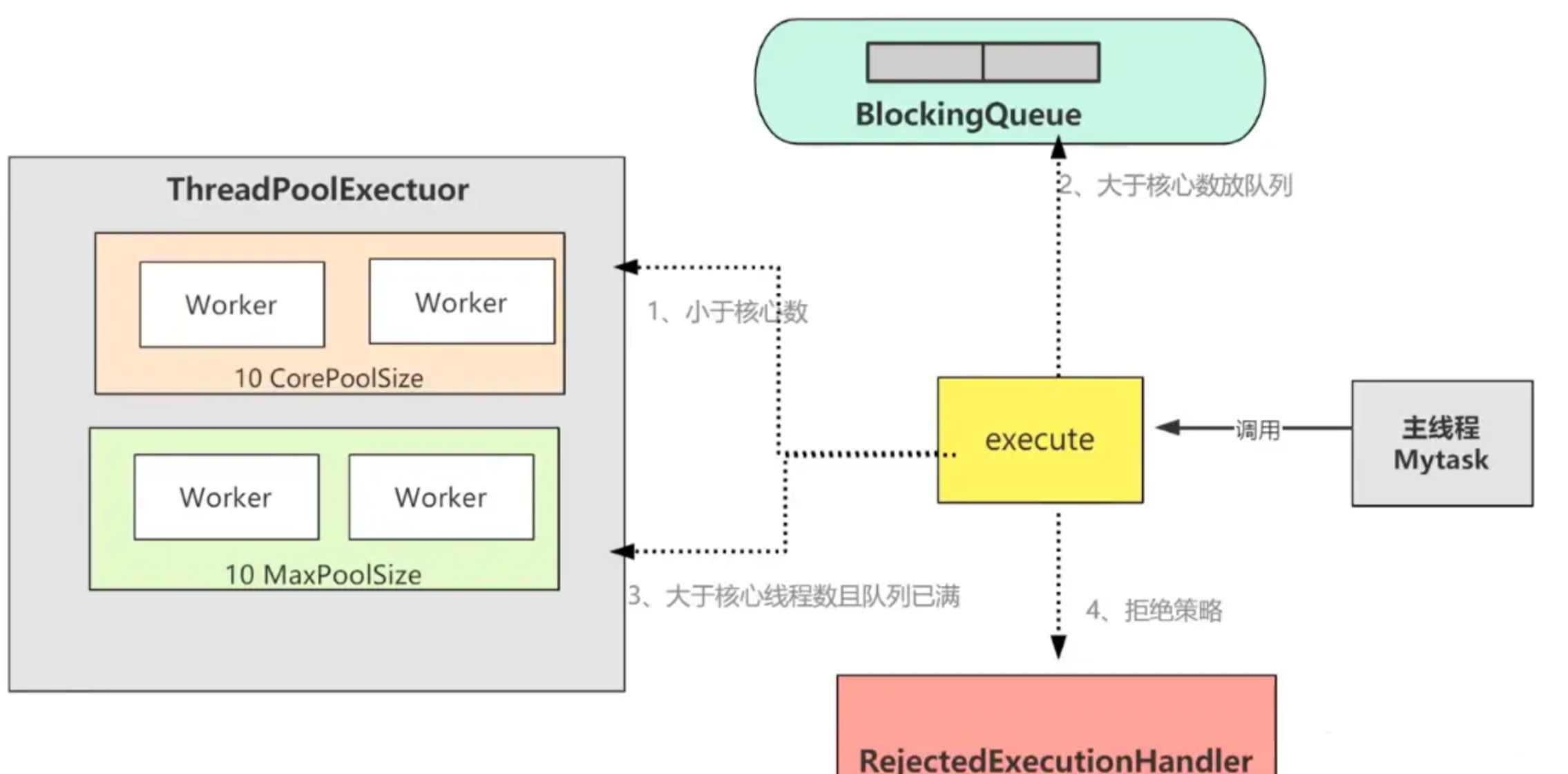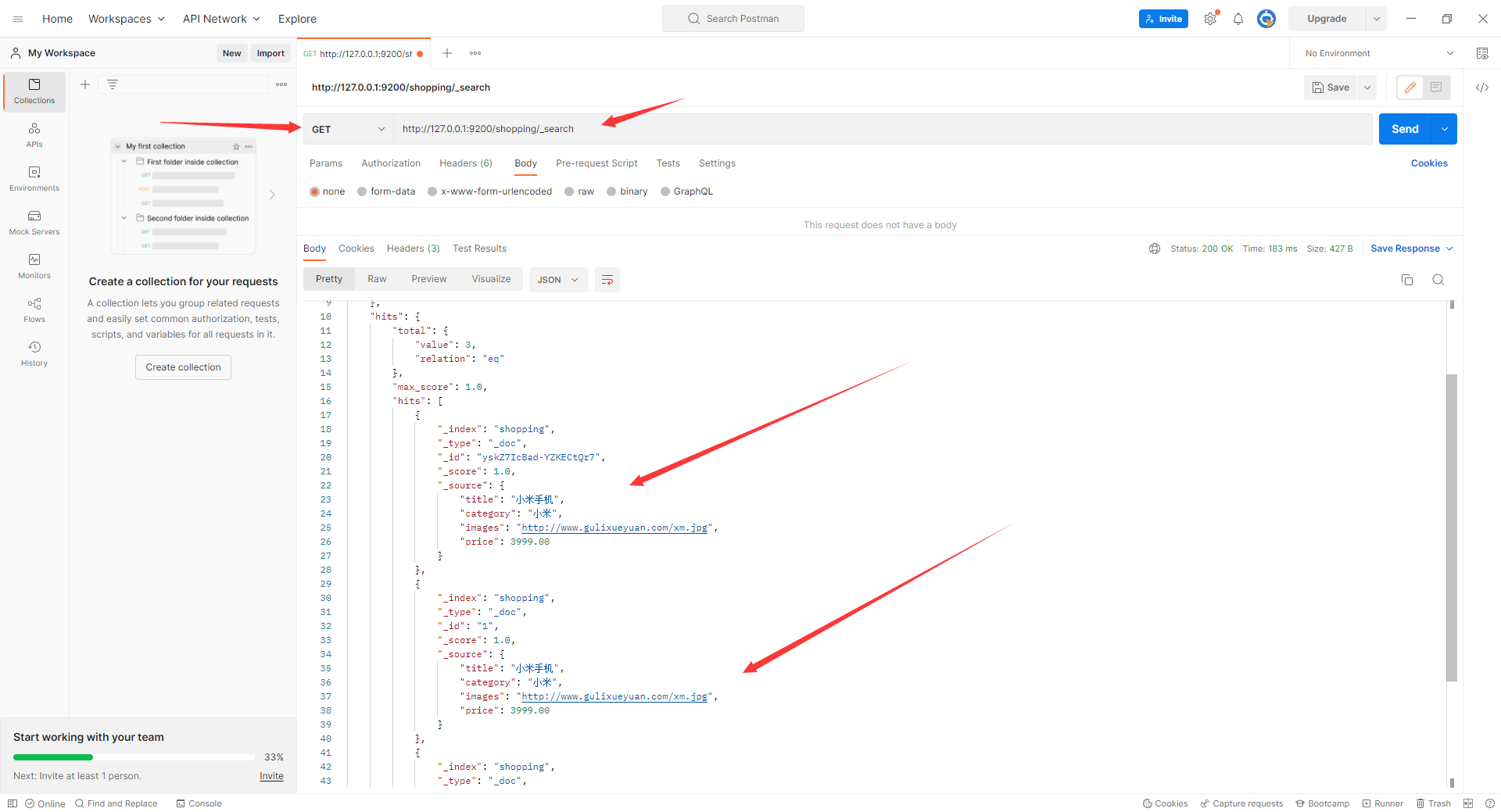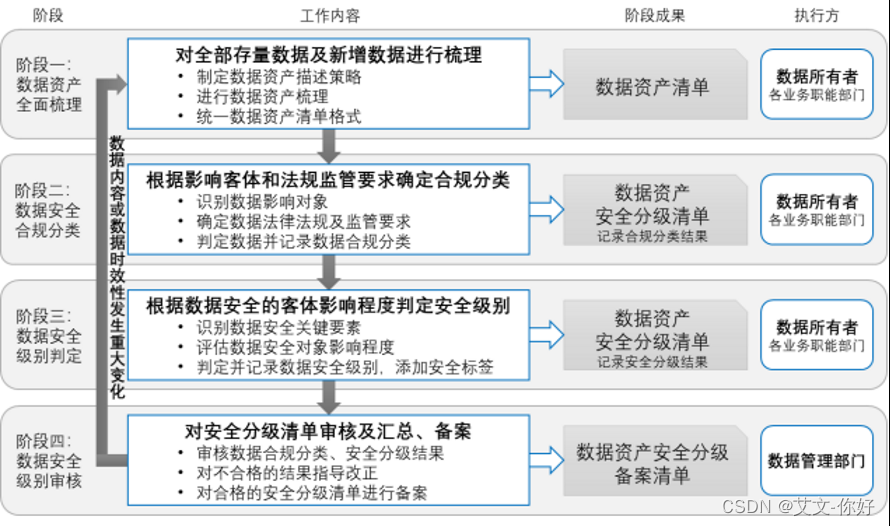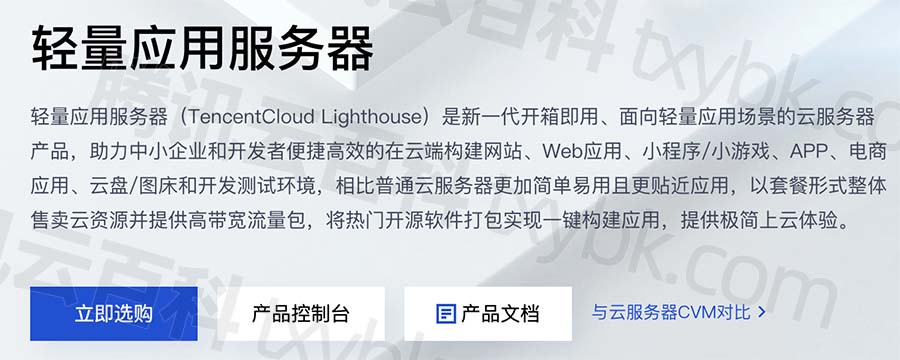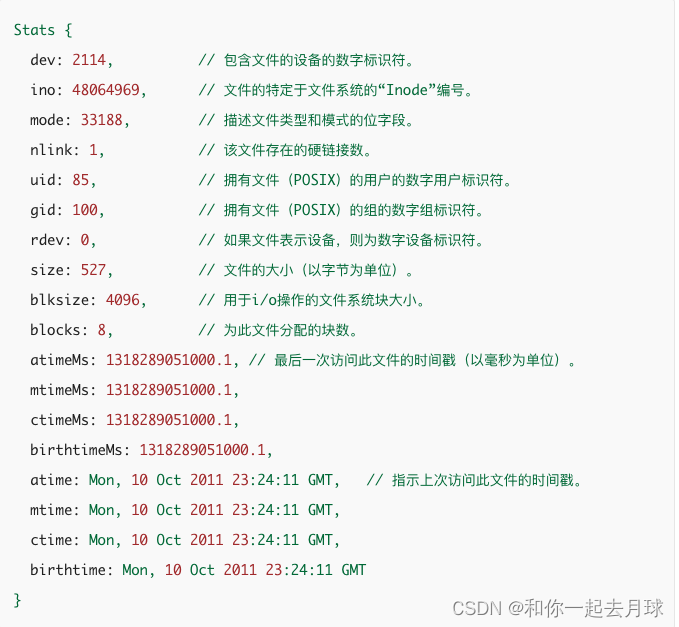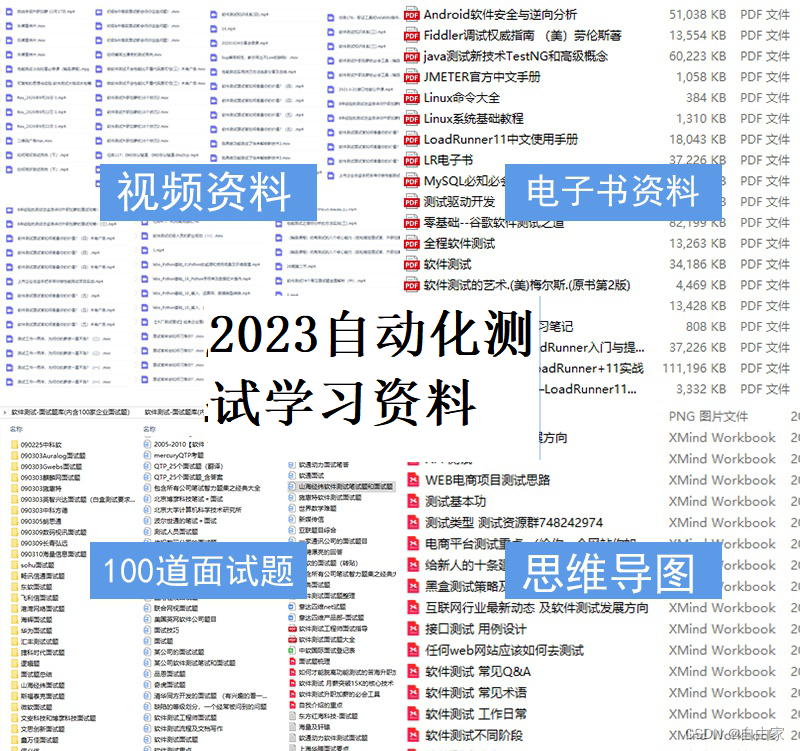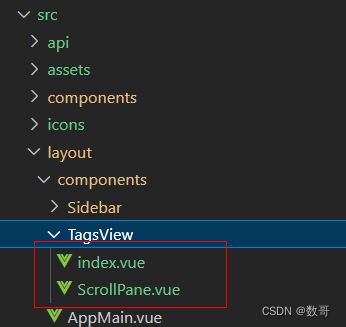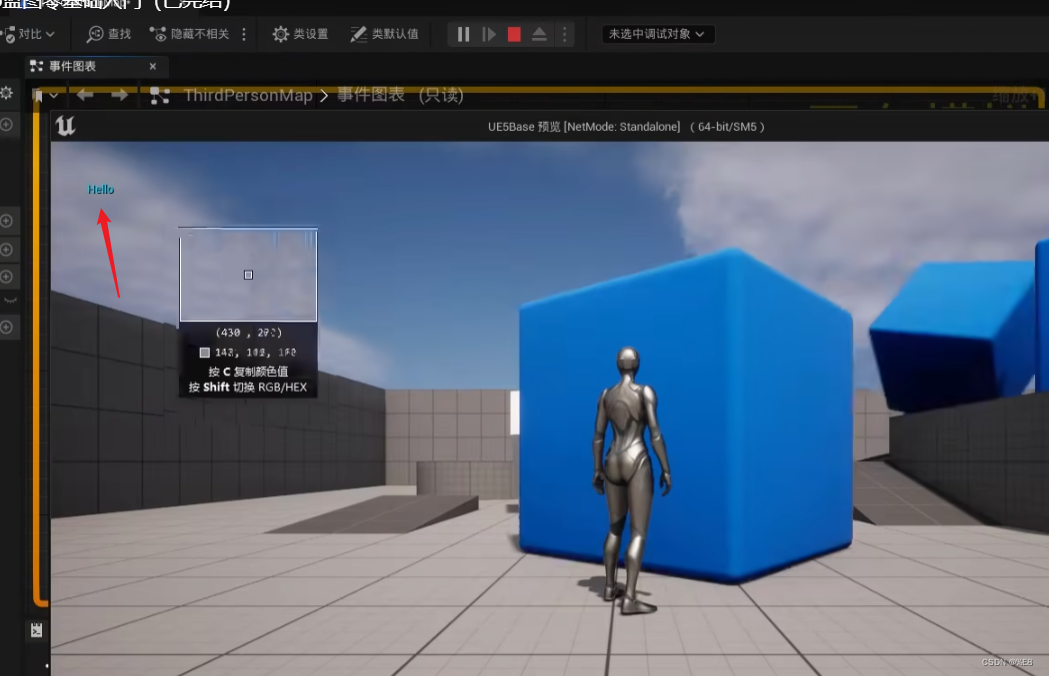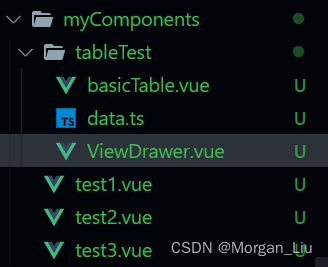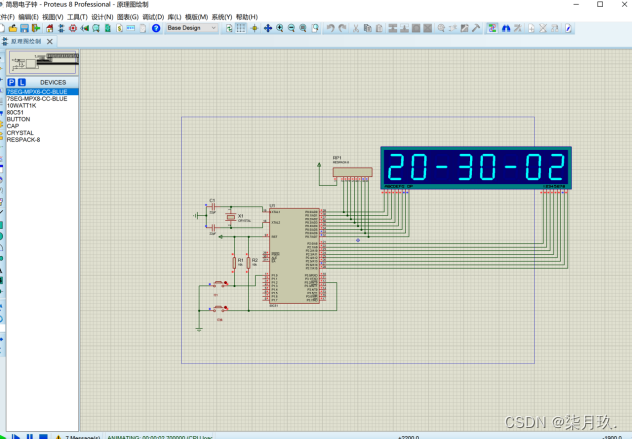文章目录
- 一、根据代码查看jdk提供的3种线程池创建:
- 二、3种方式源码分析
- 1、Executors.newCachedThreadPool()
- 2、Executors.newFixedThreadPool(10)
- 3、Executors.newSingleThreadExecutor()
- 三、自定义方式执行
- 提交优先级
- 执行优先级
一、根据代码查看jdk提供的3种线程池创建:
public class TestController {
public static void main(String[] args) {
ExecutorService executorService = Executors.newCachedThreadPool();//快
ExecutorService executorService1 = Executors.newFixedThreadPool(10);//慢
ExecutorService executorService2 = Executors.newSingleThreadExecutor();//很慢
for (int i = 0; i < 100; i++) {
executorService.execute(new MyTask(i));
}
}
}
class MyTask implements Runnable{
private int i;
public MyTask(int i) {
this.i = i;
}
@Override
public void run() {
System.out.println(Thread.currentThread()+"-"+i);
try {
Thread.sleep(1000);
} catch (InterruptedException e) {
e.printStackTrace();
}
}
}
在运行过程中可以发现3者速度有所差别,当然3者的速度要根据实际处理自行判别,此处只以此代码业务为例。
二、3种方式源码分析
1、Executors.newCachedThreadPool()
源码参数为:
0,
Integer.MAX_VALUE,
60L,
TimeUnit.SECONDS,
new SynchronousQueue<Runnable>()
以下图中的外包公司为例(结合图观看),corePoolSize为0,即核心员工数为0;maximumPoolSize为Integer.MAX_VALUE,即非核心员工数为2的31次方-1;且BlockingQueue为同步队列。当任务进来后分配给队列,通过队列分配给非核心员工,下一个任务再进入队列,以此循环执行,直到任务执行完成或者非核心员工都没有空闲时,执行拒绝策略。
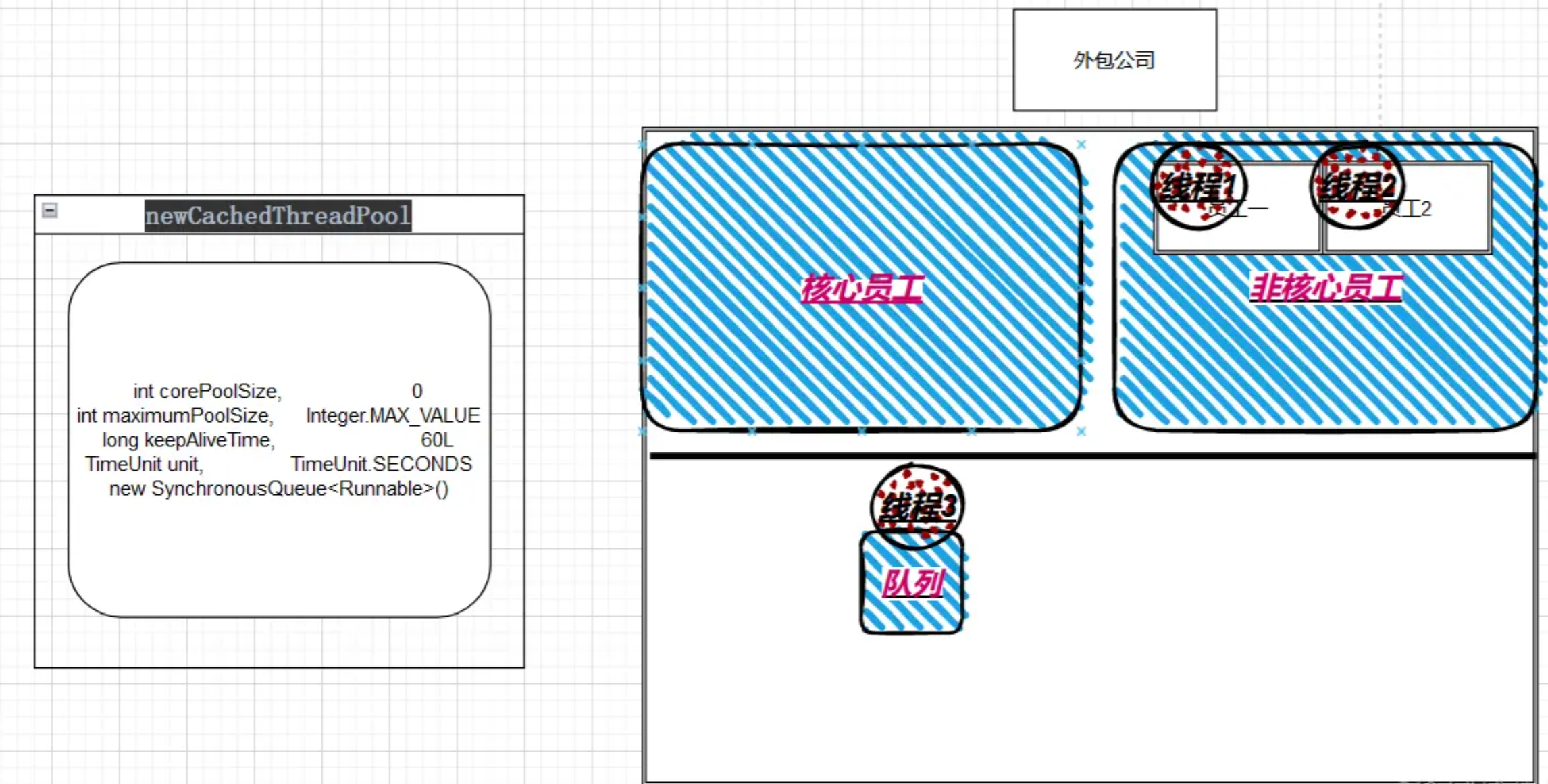
2、Executors.newFixedThreadPool(10)
源码参数为:
nThreads,
nThreads,
0L,
TimeUnit.MILLISECONDS,
new LinkedBlockingQueue<Runnable>()
以下图中的外包公司为例(结合图观看),corePoolSize为10,即核心员工数为10;maximumPoolSize为10,即无非核心员工,且BlockingQueue为链表队列,链表队列最大数为2的31次方-1,若到达最大值后执行拒绝策略。当任务进来后分配10个任务给10个核心员工,其余任务进入链表队列,当核心员工有空闲时将链表队列中的某任务给与空闲员工。以此循环执行。
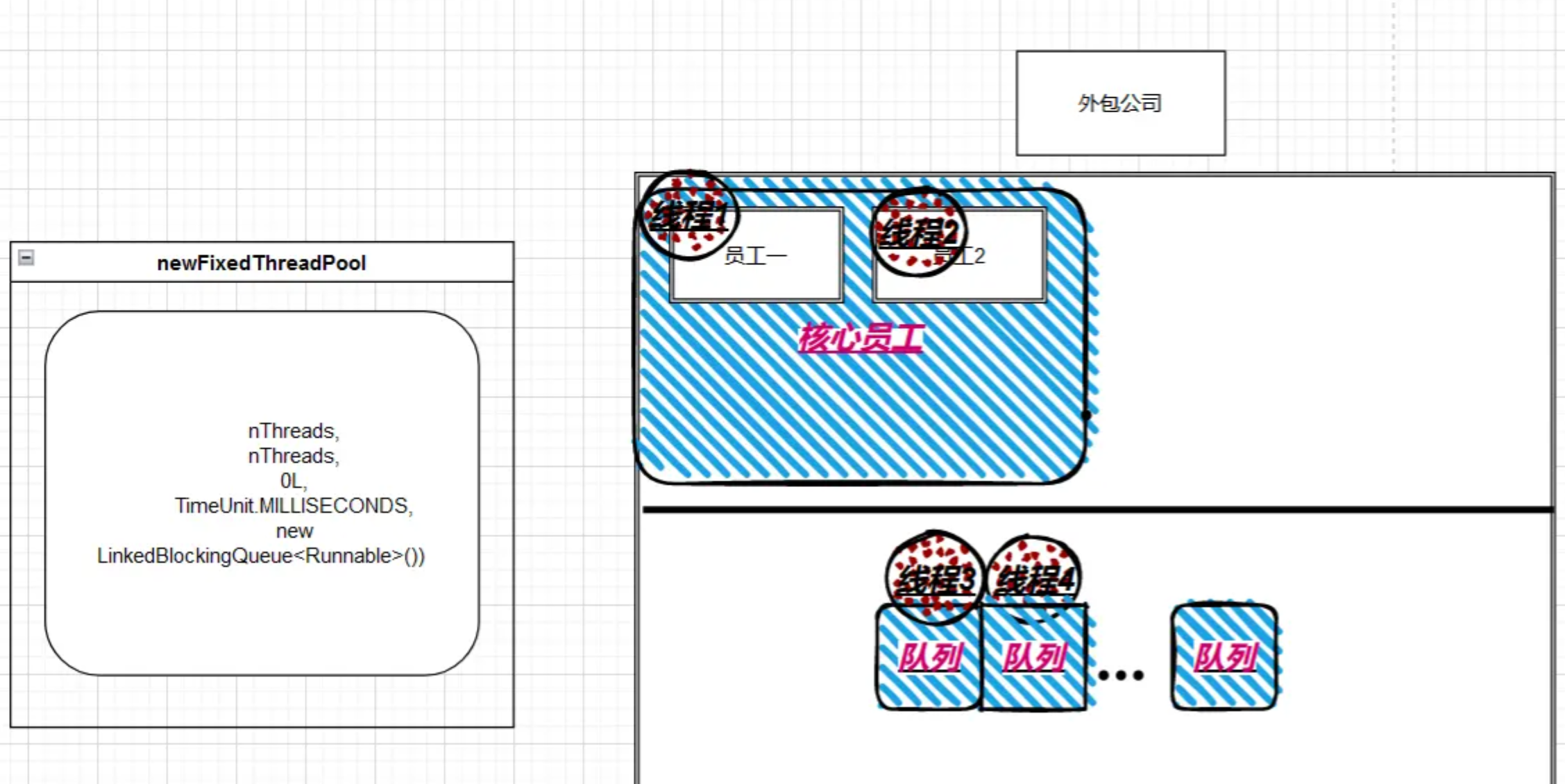
3、Executors.newSingleThreadExecutor()
源码参数为:
1,
1,
0L,
TimeUnit.MILLISECONDS,
new LinkedBlockingQueue<Runnable>()
复制代码
以下图中的外包公司为例(结合图观看),corePoolSize为1,即核心员工数为1;maximumPoolSize为1,即无非核心员工,且BlockingQueue为链表队列,链表队列最大数为2的31次方-1,若到达最大值后执行拒绝策略。当任务进来后分配1个任务给1个核心员工,其余任务进入链表队列,当核心员工有空闲时将链表队列中的某任务给与空闲员工。以此循环执行。

三、自定义方式执行
public class TestController {
public static void main(String[] args) {
ExecutorService executorService = Executors.newCachedThreadPool();//快
ExecutorService executorService1 = Executors.newFixedThreadPool(10);//慢
ExecutorService executorService2 = Executors.newSingleThreadExecutor();//很慢
ThreadPoolExecutor threadPoolExecutor = new ThreadPoolExecutor(10, 20,
0L, TimeUnit.MILLISECONDS,
new ArrayBlockingQueue<Runnable>(10));
for (int i = 0; i < 100; i++) {
threadPoolExecutor.execute(new MyTask(i));
}
}
}
运行结果如图:

当线程执行到任务30时将会报出异常,为什么下面还会继续执行任务11-20呢?
其实这与提交优先级、执行优先级有关
提交优先级
在执行任务1-10是会将任务直接给核心员工,当任务11-20进来后会分配到队列等待,此时任务21-30进来后发现队列与核心员工中都存在任务,会将其分配给非核心员工执行。当40以后的任务进来后,由于没有空闲人员,将会抛出异常。

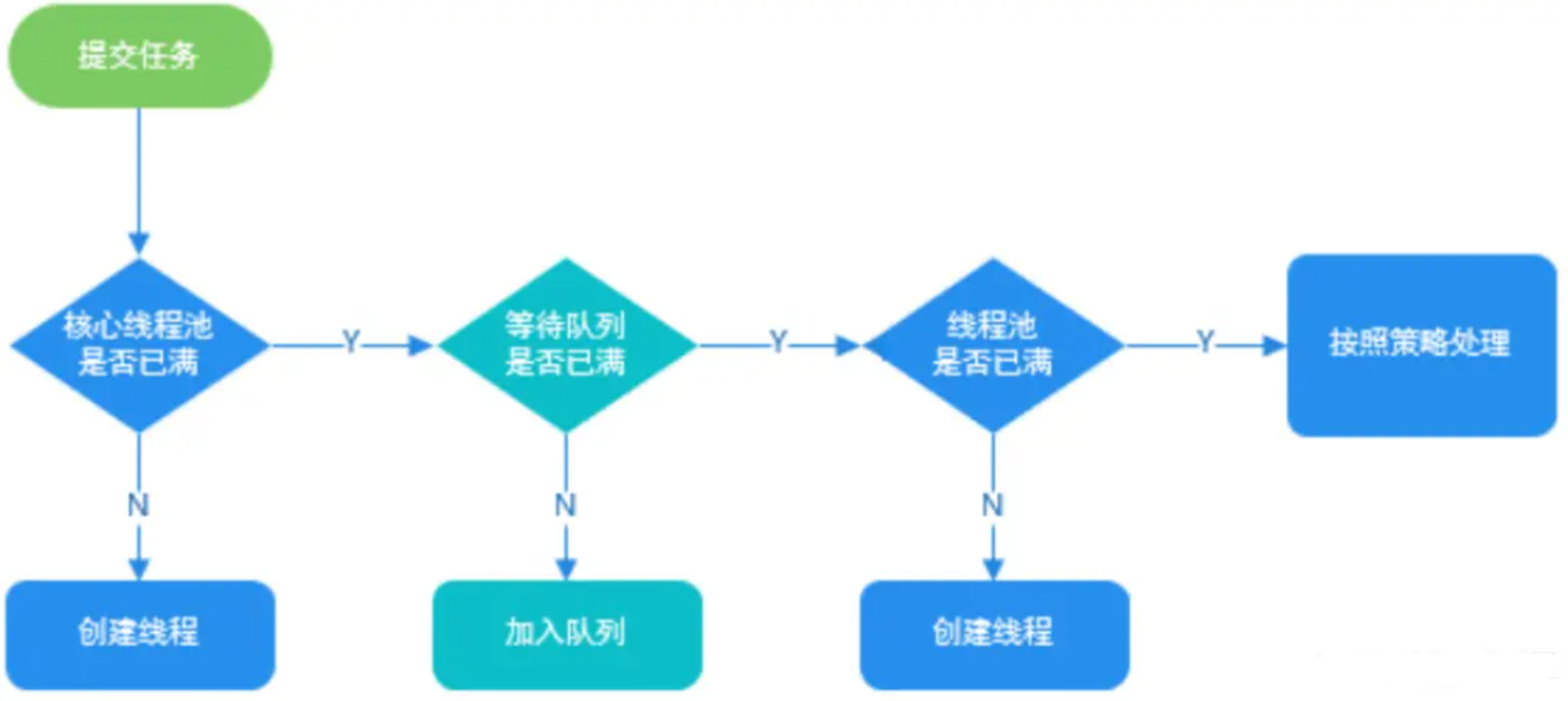
执行优先级
在执行任务1-10是会将任务直接给核心员工,任务11-20进来后会分配给非核心员工执行,当任务21-30进来后会分配到队列等待。当40以后的任务进来后,由于没有空闲人员,将会抛出异常。
